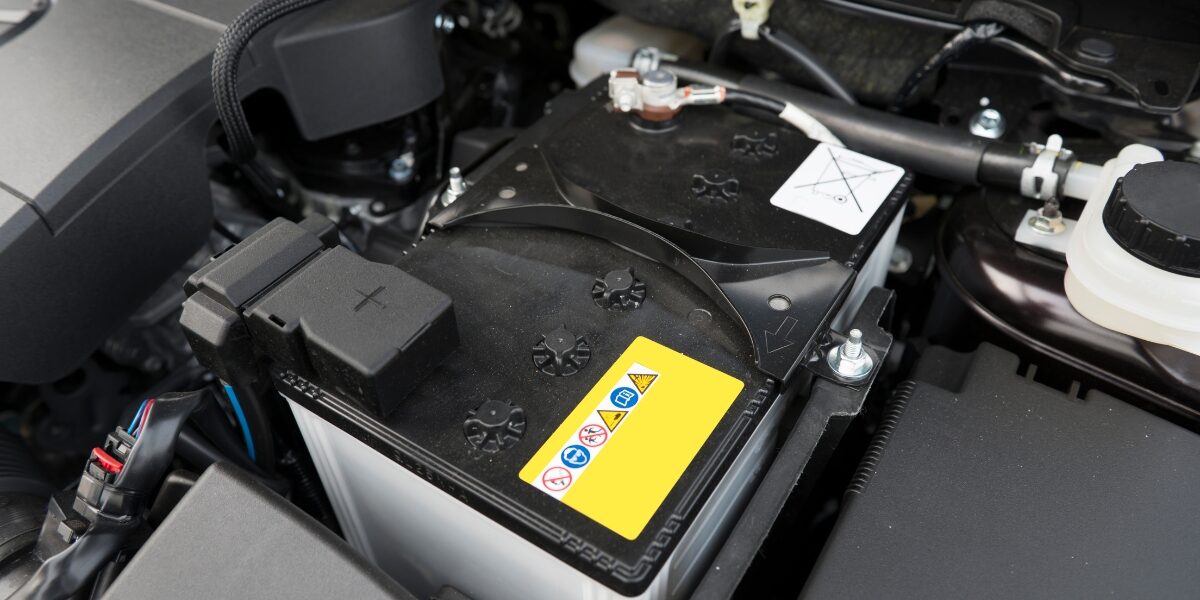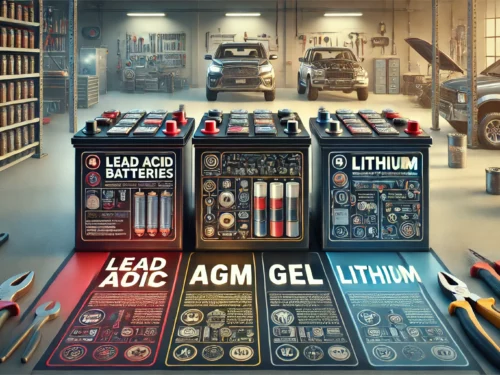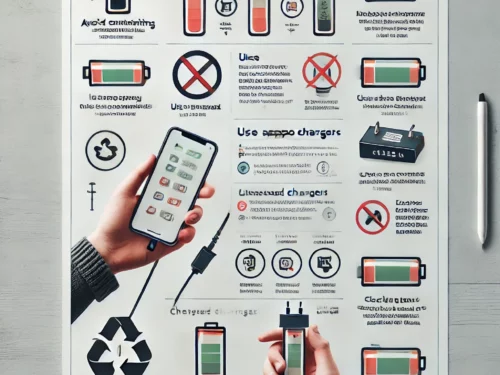
Once upon a time, there were no cars to cruise down the highways, no engines purring at the start of a journey, and certainly no batteries to ignite those engines. It’s difficult to imagine a world without automobiles, but just over a century ago, that was our reality. One component that has played an instrumental role in the development and evolution of the automobile is the car battery.
The First Car Battery: A Look Back
The invention of the first car battery can be traced back to the 19th century. Gaston Planté, a French physicist, invented the lead-acid battery in 1859, which is considered the first rechargeable battery. The lead-acid battery was initially used for lighting in train carriages and the telegraph system, but it didn’t take long before it found its place in the automobile industry.
The first car powered by Planté’s lead-acid battery was introduced in 1881 by his compatriot, an inventor named Camille Alphonse Faure. He improved upon Planté’s design, increasing the battery’s capacity and making it more suitable for commercial production. Faure’s electric vehicle, unfortunately, didn’t achieve mass success due to the battery’s weight and the lack of electrical infrastructure to recharge it.
The real breakthrough came in the early 20th century when the starter motor was integrated into the car’s design. This development necessitated a reliable and rechargeable battery, leading to the widespread adoption of the lead-acid battery in automobiles.
The Evolution of the Car Battery

Over the years, the car battery has gone through several significant changes, evolving with the demands of new technology and the needs of the consumer. Here are some milestones in car battery history:
- Introduction of the 6-volt Battery (1920s): The introduction of the 6-volt battery was a significant step forward in the evolution of the car battery. It allowed for better engine performance and was the industry standard until the mid-1950s.
- Shift to 12-volt Battery (1950s): As car technology advanced and required more electrical power, the industry shifted to the more powerful 12-volt battery, which remains the standard for most cars today.
- Maintenance-Free Battery (1970s): The maintenance-free battery was a game-changer, as it eliminated the need for regular topping-up with distilled water.
- Introduction of the AGM Battery (1980s): The Absorbent Glass Mat (AGM) battery was a significant leap forward. It offered greater resistance to vibration, a common cause of battery failure, and allowed for more efficient recharging.
- Lithium-Ion Batteries (2000s onwards): With the advent of hybrid and electric vehicles, lithium-ion batteries became more prevalent. They offer high energy density, are lightweight, and have a long lifespan, which makes them ideal for electric vehicles.
Five Interesting Facts About Car Batteries
Let’s delve into some fascinating trivia about car batteries:
- Longevity: A car battery can last anywhere from three to five years, but this can vary greatly depending on the vehicle type, the battery’s quality, and the driver’s habits.
- Recyclable: Lead-acid batteries are the most recycled consumer product in the world. Approximately 98-99% of battery components can be recycled and used to manufacture new batteries.
- Largest Car Battery: The largest car battery is found in the Tesla Model S. It contains 7,104 individual lithium-ion cells and weighs 1,200 pounds!
- Cold Weather Impact: Car batteries can be significantly affected by cold weather. A fully charged lead-acid battery drops in capacity by about 20% at 0°F and up to 50% at -22°F. So, if you’ve ever wondered why your car struggles to start on a frigid winter morning, you now know why!
- Electrolyte Solution: A car battery contains an electrolyte solution. This mixture of sulfuric acid and water can generate an impressive 2.1 volts per cell, hence a typical 12-volt battery has six cells.
The car battery has played an instrumental role in the evolution of the automobile. From the first lead-acid battery in the 19th century to today’s advanced lithium-ion batteries, the journey of the car battery is a testament to human ingenuity and innovation. As we look ahead, with the advent of electric vehicles and renewable energy, the humble car battery will continue to be at the forefront of automotive technology, powering our journeys into the future.








